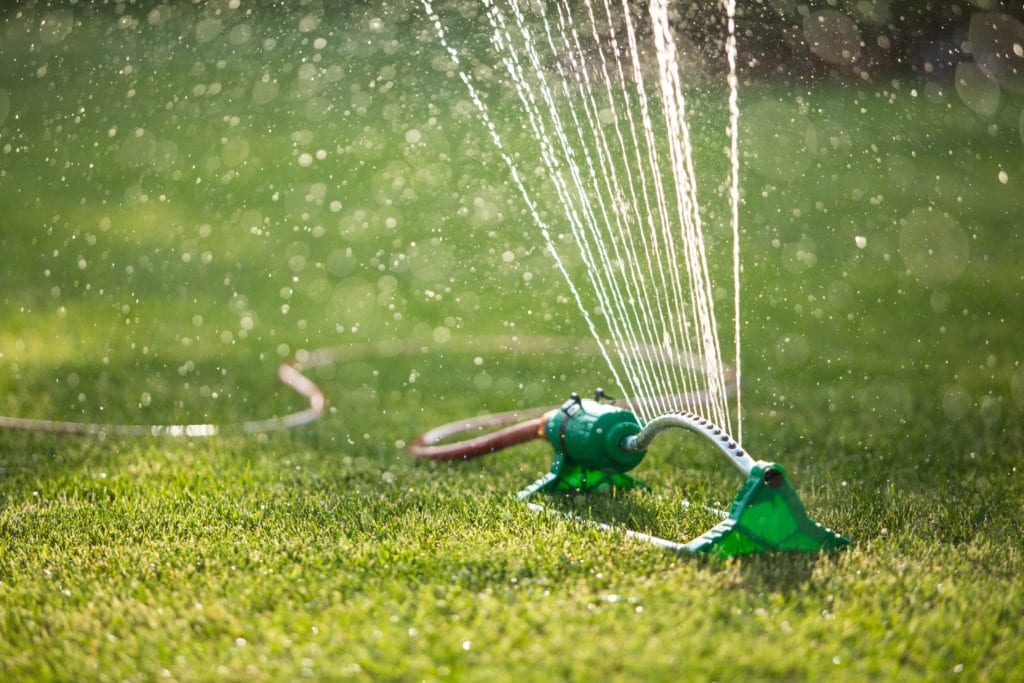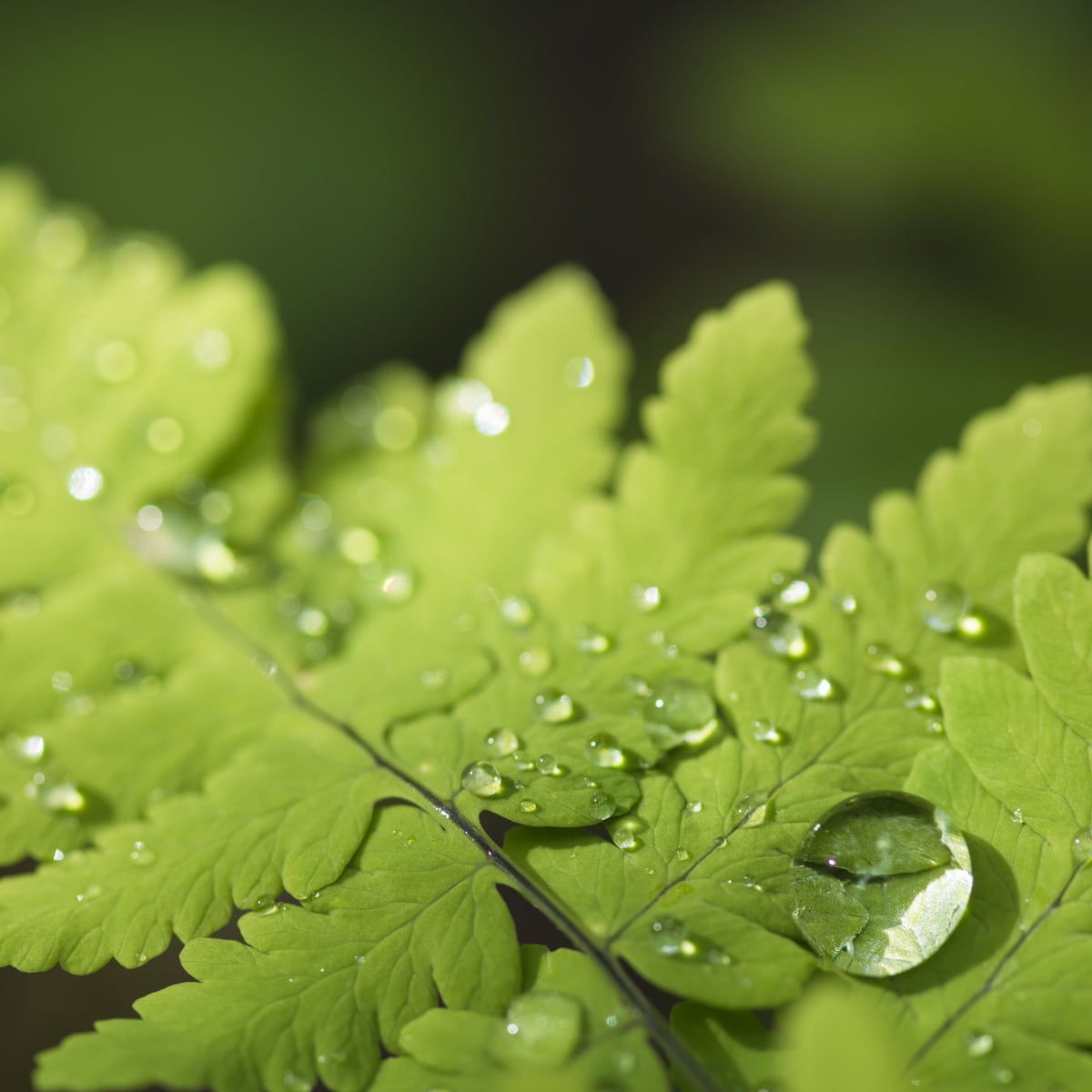Does Watering Your Grass In The Sun Burn It

This resulted in a burned look to the lawn.
Does watering your grass in the sun burn it. Deep watering about one inch of water one or two times a week is much better for your plants than shallow frequent watering which leads to shallow roots and impacts the ability of your lawn to survive drought conditions. Also heavy foot traffic on wet soil can lead to soil compaction which keeps air from getting to grass roots. Nature has equipped turfgrass with the ability to go dormant when there is too much heat and too little water.
Watering in the evening when dew is prevalent sets the scene for fungal growth on blades that will remain wet overnight. However water cannot cause. Eventually it rains and the grass wakes up and turns green again.
Without a helping hand in the form of extra sprinkling your lawn may go dormant or suffer serious thinning from lack of grass care. Another benefit to watering so early in the day is that turf grass blades will dry more quickly after morning watering as the sun rises reducing the chances of diseases taking hold. Watering during the day reduces the amount of water that actually reaches the roots of your plants.
For most of us that means late morning the middle of the day and during the afternoon and early evening before the sun sets. The excess nitrogen in the fertilizer in the soil caused the grass to start giving water back to the soil causing it to dry out. If your neighbors grass is still green it means that they have kept it watered.
Try Not to Walk on Your Grass. In both sunny and shaded areas watering in the evening increases the likelihood of disease as the grass leaves do not have time to dry before the sun goes down. On a dry lawn the grass stays beaten down and the grass itself can be damaged.
In most cases the water will sit on the grass overnight and then be evaporated by the sun the day after. Now you can try to grow tall fescue here but unless you water it regularly it dies in a heartbeat. As a result the grass has a burning effect and turns yellow.

It is just dormant riding out the hot spell.
Does watering your grass in the sun burn it. The excess nitrogen in the fertilizer in the soil caused the grass to start giving water back to the soil causing it to dry out. Sunshine can even reflect off your windows and leave noticeable brown squares of burned out grass. Bottom line -- pick a grass suited to your climate that doesnt need a lot of water.
Grass does not need the. Eventually it rains and the grass wakes up and turns green again. In both sunny and shaded areas watering in the evening increases the likelihood of disease as the grass leaves do not have time to dry before the sun goes down.
On a dry lawn the grass stays beaten down and the grass itself can be damaged. Unfortunately at the same time that the lawn is using more water through the summer theres usually less natural rainfall available. Worse even the sun may burn the grass during midday.
Lawns are often killed by over enthusiastic watering. Many gardeners swear you should not water in the midday because water droplets on plants can magnify the suns rays and burn leaves. Water a Lawn Deeply and Infrequently.
For most of us that means late morning the middle of the day and during the afternoon and early evening before the sun sets. Also heavy foot traffic on wet soil can lead to soil compaction which keeps air from getting to grass roots. Watering early will ensure that your grass absorbs the water it needs.
Try Not to Walk on Your Grass. It may look terrible but dont assume its. Areas of your lawn that receive full sun will dry out much faster.

As a result the grass has a burning effect and turns yellow.
Does watering your grass in the sun burn it. Watering early will ensure that your grass absorbs the water it needs. Sun-Parched Grass Also Needs Water If your grass has been burnt by a spell of hot dry weather it has a good chance of recovering with regular watering and youll want to do this in the early morning or late evening. Sunshine can even reflect off your windows and leave noticeable brown squares of burned out grass.
However water cannot cause. During the day heat from the sun and increased air temperatures increase. Grass does not need the.
Nature has equipped turfgrass with the ability to go dormant when there is too much heat and too little water. This means it has ZERO effect on the health of your grass. The light becomes focused on the grass blades and the heat becomes magnified.
Also heavy foot traffic on wet soil can lead to soil compaction which keeps air from getting to grass roots. In both sunny and shaded areas watering in the evening increases the likelihood of disease as the grass leaves do not have time to dry before the sun goes down. Water a Lawn Deeply and Infrequently.
For most of us that means late morning the middle of the day and during the afternoon and early evening before the sun sets. Watering in the evening when dew is prevalent sets the scene for fungal growth on blades that will remain wet overnight. On a dry lawn the grass stays beaten down and the grass itself can be damaged.
Deep watering about one inch of water one or two times a week is much better for your plants than shallow frequent watering which leads to shallow roots and impacts the ability of your lawn to survive drought conditions. When you walk on well-watered grass the grass blades spring back. Augustine grows well here but needs more water than Zoysia and Bermuda.








